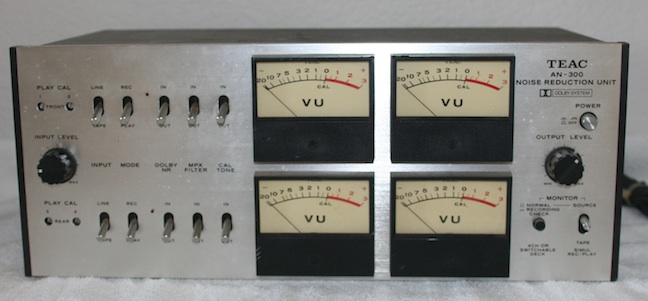
"Decibel: Unit of Measurement." Encyclopædia Britannica.

"Power and amplitude: Watts, Volts and referenced Decibels." September. "The RF Engineer’s Guide to the Decibel." All About Circuits. "Appendix A: The DeciBel and the Neper." Admiralty Handbook of Wireless Telegraphy, B.R.230 (Vol. However, decibel has been recognized by IEC and ISO. There's talk of including the decibel within the International System of Units ( SI) but this proposal is rejected. What are some limitations of using decibels?.Here are some examples of absolute measures (reference in parenthesis): dBW (1 watt), dBi (isotropic antenna), dBV (1 volt), dBµV (1 microvolt), dBµV/m or dBu (1µV/m electrical field strength), dBA ("A" weighted pressure levels), and more. If path loss is 120dB (relative measure), the receiver will get a -50dBm (absolute measure) signal. If transmitter sends a 10 kilowatt signal, it's sending a 70dBm signal. However, if we take 1 milliwatt as the reference, then we can use the unit dBm to indicate absolute measure. When we say that path loss of a wireless channel is 120dB, we mean that from the transmitter to receiver, signal power drops by 120dB. In most other applications, dB is a relative measure. Thus, sound levels are in absolute decibels. This is because a reference of 0.02 mPa (millipascals) is implied since it's the quietest sound that we can hear. We don't say noise was 90dB with respect to something. But in acoustics, it's common to say that noise was at 90dB. Source: Giangrandi 2000.ĭecibel is a relative measure that compares two quantities of the same dimension. What are absolute and relative decibel units?Ībsolute voltage levels dBµV and dBV differ by 120dB.
#Decibel unit iso#
While the term field quantity was previously used, ISO Standard 80000-1:2009 introduced the term root-power quantity. Source: Devopedia 2019.ĭecibel is defined as \(10\ log_(V_1/V_0)\), where voltage level V1 is compared against V0.


 0 kommentar(er)
0 kommentar(er)
